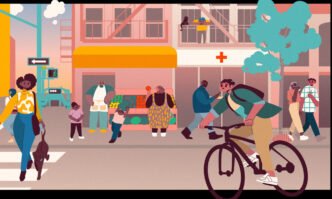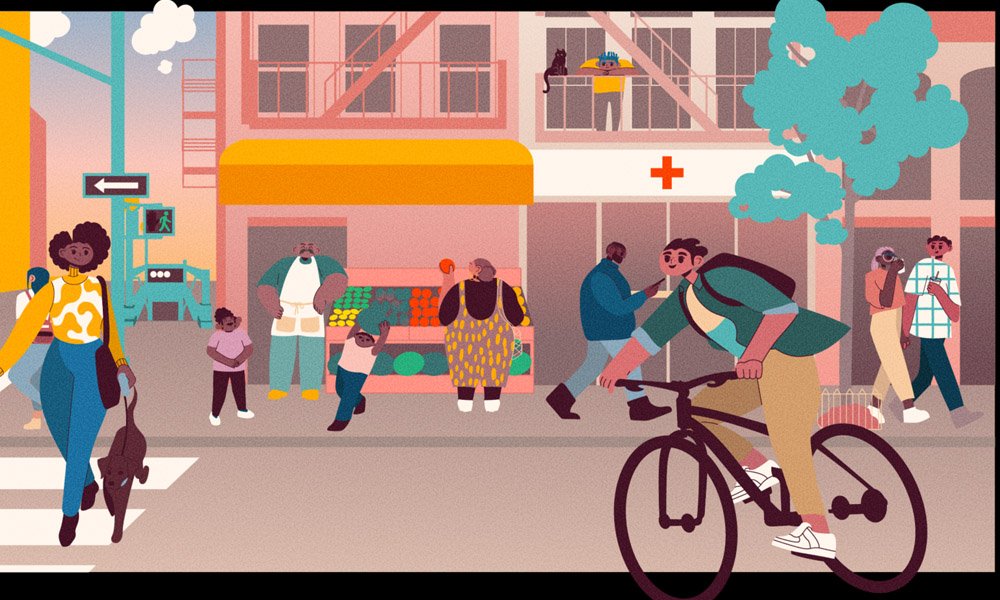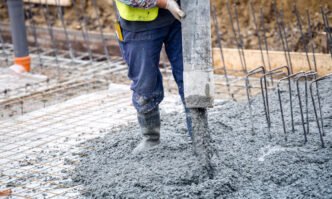Safety is typically a top concern when choosing an area or moving. We all desire security, peace of mind, and a trustworthy community. What does “safe” imply in a neighborhood? Safety is more than low crime rates—it’s impacted by subjective feelings and verifiable evidence. Crime data, infrastructure, community participation, and personal observations must be considered to determine safety. How to comprehend neighborhood safety is covered in this article.
Understanding Crime Statistics: A Starting Point
Crime statistics are often the first resource people turn to when evaluating neighborhood safety. Reports from local police departments or national databases like the FBI’s Uniform Crime Reporting (UCR) program can provide an overview of crime trends. These numbers can give you a general sense of how a neighborhood is performing in terms of criminal activity. However, it’s important to approach these statistics with a discerning eye.
One key aspect to keep in mind is the difference between reported and actual crimes. Many minor crimes, such as petty theft or vandalism, often go unreported, meaning the crime rate could be higher than what’s reflected in the data. Moreover, a higher crime rate doesn’t necessarily signal an inherently dangerous neighborhood. Sometimes, a high crime rate may indicate a community that is highly active in reporting issues, or it could point to challenges related to overcrowding or economic disparity. The trends in these statistics also matter: a neighborhood that has seen a decrease in crime over time may be indicative of successful community efforts to enhance safety, whether through increased policing, neighborhood watch programs, or other interventions.
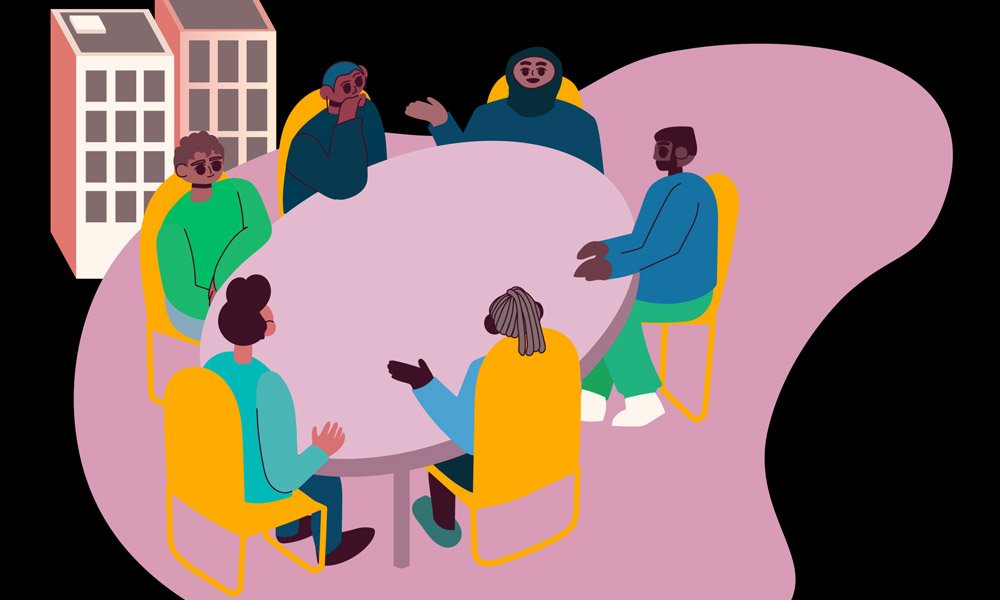
Beyond the Numbers: Physical and Social Safety Factors
Crime statistics provide vital insight, but they don’t capture all the factors that make an area safe. Infrastructure—well-lit streets, safe walkways, and well-maintained parks—can affect inhabitants’ security. Good infrastructure makes transportation easy and deters crime. Night-lit places are less likely to attract crime because they make illegal behavior less likely to go undiscovered.
Emergency services are crucial to local safety. Emergency circumstances can be changed by neighboring fire, police, and medical resources. These services’ proximity and responsiveness may affect crisis response time.
Think about social elements too. Active community groups like neighborhood watch programs, resident associations, and local meetings strengthen social links and collective responsibility, making them safer. People are more willing to help one other and act when needed when they know and care about their neighborhood.
The Importance of Personal Observations
Official data and statistics may provide valuable insights, but they don’t always give you a true feel for what a neighborhood is like. Sometimes, personal observations can reveal signs of safety that numbers cannot capture. Spending time in the area at different times of day and night gives you an opportunity to assess how active the neighborhood is and how the environment feels. Is the area quiet and peaceful, or does it seem chaotic and unsafe? Are homes well-maintained and streets clean, or do they appear rundown and neglected?
One of the best ways to gauge the safety of a neighborhood is by talking to its residents. Locals are often the best source of information because they have firsthand experience with the area. They can share stories about crime trends, incidents, or improvements that may not be reflected in public records. A casual conversation at a local coffee shop or with neighbors on your street can offer invaluable context.
The Role of Schools and Family Amenities
For families, the safety of the neighborhood often extends beyond just the physical environment—it includes the availability of quality schools and family-oriented amenities. Schools that are well-regarded and have a reputation for academic excellence tend to be in neighborhoods where people are invested in their community’s well-being. Parents who care about the education of their children also care about the overall safety and stability of the neighborhood.
In addition to schools, amenities like playgrounds, recreational facilities, and community centers contribute to the safety of a neighborhood. These spaces not only provide opportunities for social interaction and physical activity but also foster a sense of community. When neighborhoods have vibrant, family-friendly spaces, it can reduce isolation and improve overall quality of life.
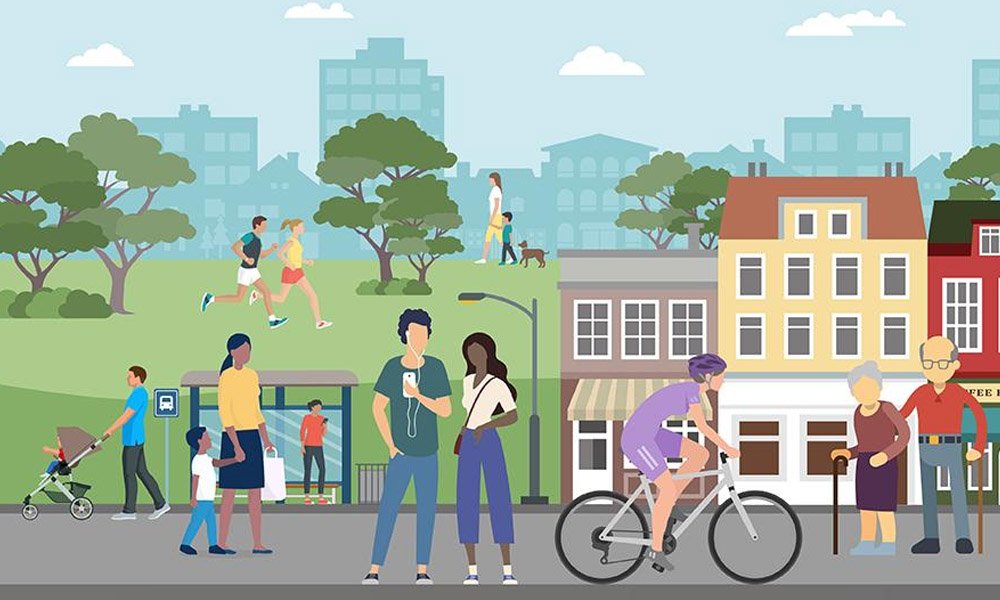
Leveraging Online Resources for Neighborhood Safety
The internet makes researching neighborhood safety easier than ever. Incidents, safety issues, and local events are updated live on community websites, local government platforms, and Nextdoor. These sites allow locals to exchange information on crime and neighborhood initiatives, helping you grasp the local culture.
Online resources often give information on local zoning rules, proposed developments, and community efforts. Knowing about upcoming initiatives might help you predict the neighborhood’s future, whether it’s gentrification, commercial growth, or residential improvements.
Final Thoughts: The Whole Picture
When assessing the safety of a neighborhood, it’s important to take a comprehensive approach. Crime statistics provide a baseline, but they don’t tell the whole story. Physical infrastructure, community engagement, and personal observations all contribute to the overall sense of safety. In many cases, a safe neighborhood is more than just the absence of crime—it’s a place where people feel connected, supported, and confident in the services available to them.
Ultimately, finding a safe neighborhood involves balancing data with personal experience. Take the time to visit the area, speak with residents, and get involved with the community. Safety isn’t a static condition—it’s something that evolves and is shaped by the people who live there and the collective effort to maintain it. By considering all these factors, you’ll be able to make a more informed decision and find a neighborhood that feels like home.
Frequently Asked Questions
How can I check the safety of my neighborhood?
Look at crime statistics, observe the infrastructure, and talk to local residents.
Are crime statistics the best indicator of safety?
No, they are only part of the picture. Infrastructure, emergency services, and community engagement are also important.
Should I visit a neighborhood at different times?
Yes, visiting during both the day and night gives you a better sense of how the area feels.
How do schools affect neighborhood safety?
Good schools often indicate a well-supported community with a focus on safety and development.

